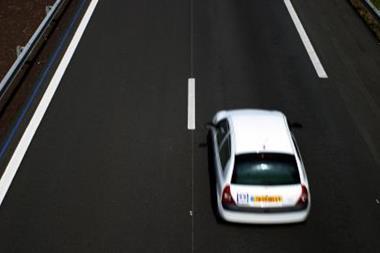The cost of insurance for young drivers fell last quarter following two years of steep increases, according to the AA.
The AA British Insurance Premium Index for the second quarter of 2011 shows that premiums for 17-22 year old drivers fell by 5.6%.
AA Insurance director Simon Douglas said: “Young drivers have for a long time been the biggest losers in the insurance market with premiums driving them off the road. They share the greatest number of serious crashes, premiums have been rising at a disproportionate rate, but it seems at last that insurers are starting to compete a bit more for their business with rates starting to come down.”
The index, which measures both home and car insurance premiums on a quarterly basis, also shows that recent increases in the cost of motor cover appears to be levelling off.
The average cost of an annual car insurance premium increased overall by 3.6% over the three months ending 30 June 2011 to 923.90, the lowest rise for 18 months. Nevertheless, over 12 months, the premium has risen by 30.1%.
Regionally, the biggest jump in car insurance premiums over the quarter was London with a 4.8% rise, overtaking Yorkshire to become the second most expensive region to insure a car. Despite an increase of just 1.4%, the north-west remains the most expensive region to insure a car.
The index also shows a very slight fall in the cost of home insurance during the second quarter of 2011. The cost of buildings cover was down 0.6% to 146.35 and contents fell 1.1% to 75.53. However, the typical cost of a combined buildings and contents policy rose by 1.5% to 202.54.
Douglas said: “The easing of insurance prices is welcome news, especially for young drivers whose premiums have become unaffordable for many.
“I predicted last year that during 2011 we would see competitive pressure returning to the market which would help to reduce the rate of increase.
“This is the smallest increase we have seen for some time, and I believe that over the rest of this year we will at last see premiums level off, despite the gloomier predictions of other market commentators.”
Commenting on the overall slowing in premium increases, Douglas said insurers have done sufficient work to overcome most of the underwriting losses of the past couple of years.
“At the end of 2009, for every 100 taken in premiums, 123 was being paid out in claims. By the end of 2010 this had fallen to 116 and I believe that the gap has closed further since then. This is encouraging insurers to price more competitively which is benefiting every driver, but especially young drivers.”






































No comments yet